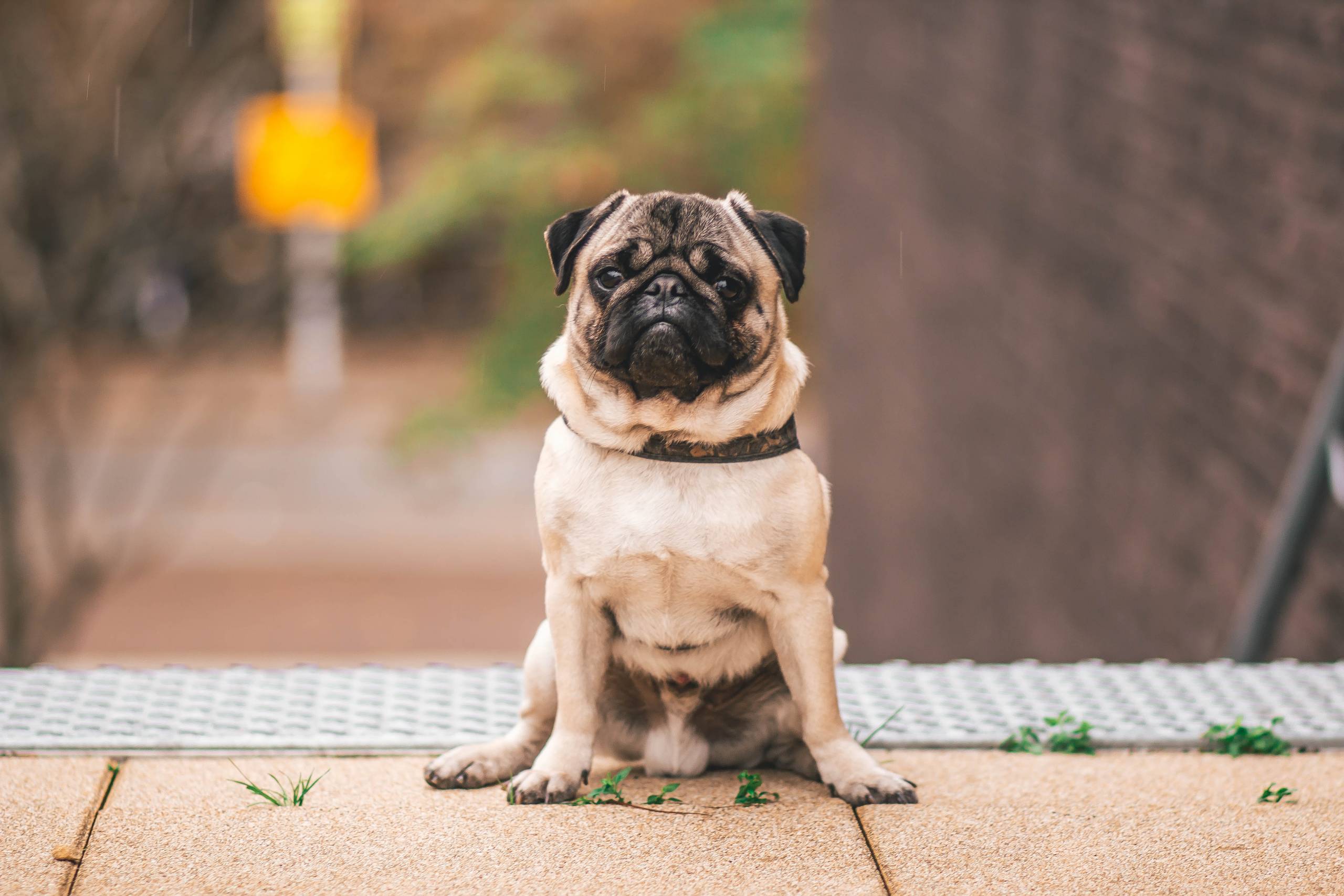
Understanding Your Dog’s Behavior
Before delving into the training process, it’s crucial to understand your dog’s behavior. Dogs communicate through body language, vocalizations, and actions. Each behavior they exhibit serves a purpose, whether it’s seeking attention, expressing fear, or displaying excitement. By observing your dog’s cues and reactions in various situations, you can gain valuable insights into their mindset. Understanding your dog’s behavior is the cornerstone of effective training.
Communicating Clearly
Clear communication is key when it comes to training your dog. Dogs respond well to consistent cues and commands, so it’s important to use simple, distinct signals that they can easily comprehend. Whether you’re teaching basic commands like “sit” and “stay” or working on more advanced behaviors, such as leash walking or recall, clarity in your communication will facilitate the learning process for your dog. Remember, patience and repetition are essential components of effective communication.
Positive Reinforcement
Positive reinforcement is a powerful tool in dog training. When your dog exhibits the desired behavior, rewarding them with praise, treats, or a favorite toy reinforces that behavior, increasing the likelihood that they will repeat it. This approach creates a positive association with the desired action and encourages your dog to continue behaving in the same manner. By focusing on positive reinforcement, you can build a strong, trusting relationship with your dog while shaping their conduct in a gentle and encouraging way.
Consistency and Patience
Consistency and patience are fundamental principles in dog training. Dogs thrive on routine and predictability, so it’s important to maintain consistency in your training methods and expectations. Additionally, every dog learns at their own pace, so patience is crucial. Avoid becoming frustrated if progress seems slow, and instead, celebrate the small victories along the way. By remaining consistent and patient, you’ll create an environment that is conducive to effective learning and growth for your dog.
Socialization and Exposure
Socialization plays a pivotal role in a dog’s development and behavior. Exposing your dog to various environments, people, and other animals from an early age can help them become well-adjusted and confident. Additionally, positive social experiences can prevent behavioral issues later in life. Whether it’s through puppy classes, visits to the dog park, or supervised interactions with other pets, providing opportunities for socialization is integral to your dog’s training and overall well-being.
Seeking Professional Guidance
While many aspects of dog training can be handled independently, seeking professional guidance can be immensely beneficial, especially when dealing with specific behavioral challenges or advanced training goals. Professional dog trainers possess the expertise to address individual needs and provide tailored guidance for both you and your dog. Whether it’s through obedience classes, private sessions, or consultations, the support of a professional can enhance your dog’s training experience and your confidence as a handler.
In conclusion, training your dog is a journey that requires empathy, understanding, and commitment. By comprehending your dog’s behavior, communicating clearly, utilizing positive reinforcement, maintaining consistency and patience, prioritizing socialization, and seeking professional guidance when needed, you can cultivate a well-behaved, happy companion. Embrace the process, cherish the moments of progress, and remember that the time and effort invested in training your dog will yield a lifetime of companionship and joy.
[/fusion_text]



